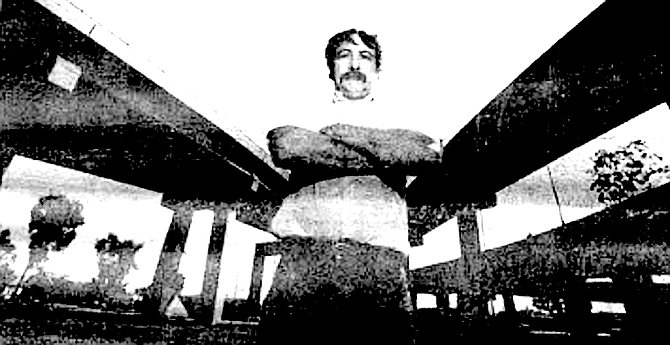
Ducheny. “He bogarts the issues, man,” says Chunky Sanchez.
- As Alvin Ducheny and I roll through Barrio Logan in his dirty white Mercury Lynx, I ask him. “Why do so many people hate your guts, Al? You’d think you were a Communist or something.” (June 12, 1986)
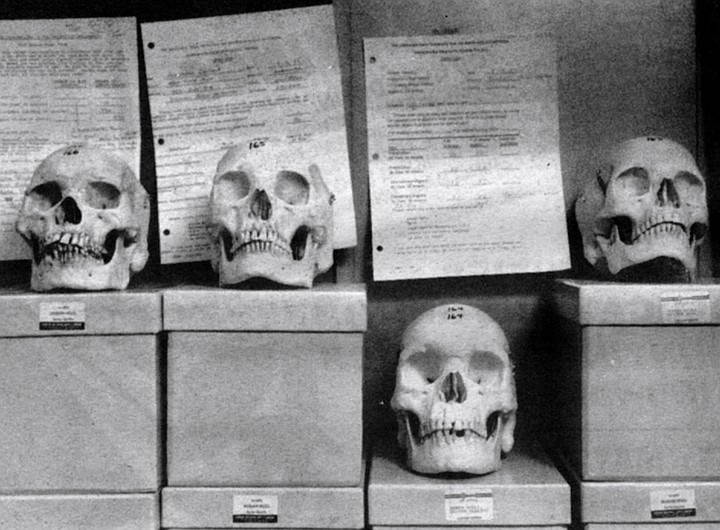
Skulls for check-out at Learning Resource Center. The classes of 1982 and 1983 caused a stir among the UCSD School of Medicine faculty when as a group they scored poorly on the national board examinations.
- "The pre-med nerd sits in the front row in his classes and asks questions all the time to display his knowledge;' explains Hu. "Usually he already knows the answer. He takes furious notes and carries a tape recorder." (May 9, 1985)
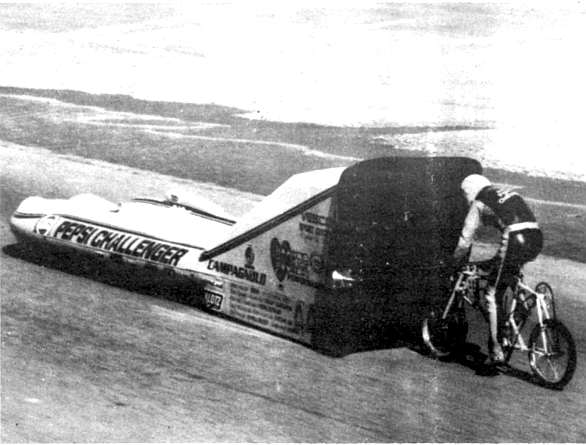
South of Mexicali, January, 1983
- Phone call. Long distance. Late one night in September. “John,” said a female voice John Howard recognized as that of his ex-wife in Houston. “I’ve been having these dreams, John.” “Dreams?” “Bad dreams. Dreams that ..." (November 15, 1984)
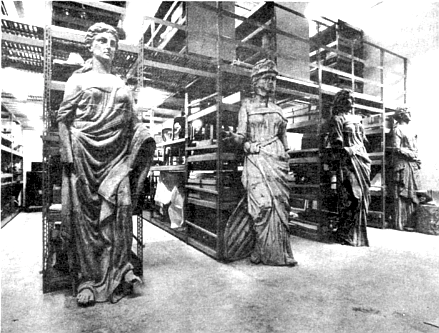
Archive storage area. The heart of the archives is the huge public records collection dating back to 1850.
- There is something eminently civilized about standing downtown at Broadway and Fourth Avenue and knowing who Alonzo Horton was, knowing that when he arrived from San Francisco in 1867 he commented that San Diego Harbor was the finest he’d ever seen; that he surveyed the flat sagebrush dustbowl that is now downtown, a vast expanse of southwest desert hardpan, and had a great vision. (October 4, 1984)
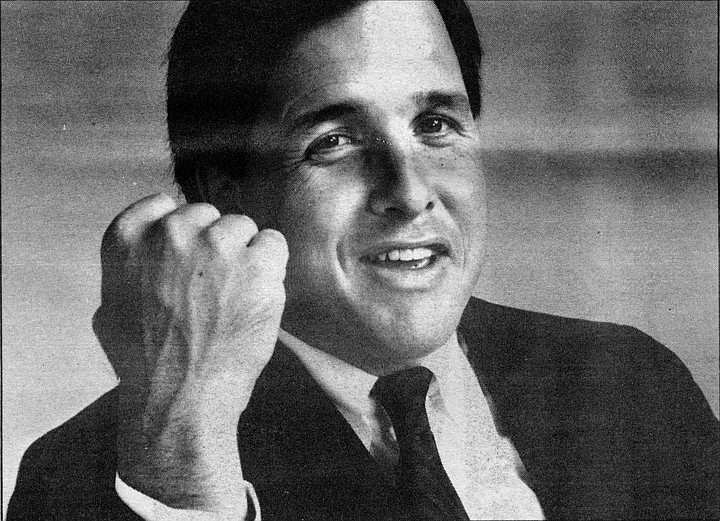
Mike Aguirre argued that Mix, being a famous football player, used his reputation to bring in money.
- Those who know Mix find it hard to believe he is capable of wrongdoing; one attorney says, “He’s known for paying attention to the little guy. I’ve never heard anyone say anything bad about him.” (October 31, 1985)
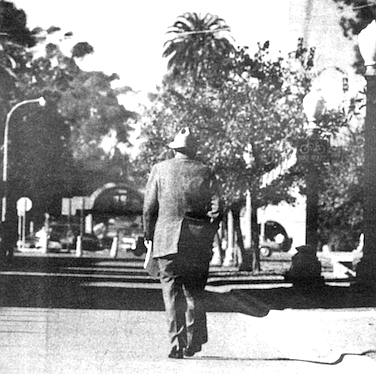
Johnson: “I think I know every inch of Balboa Park.”
cc
- Ernest Hemingway was good company, but his drinking and hard living were difficult to keep up with. Argentinian president Juan Peron was either a tad insincere, or he didn’t dare challenge the will of his legendary wife, Eva. (January 8, 1987)
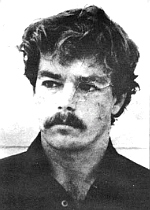
James Gibson saw the police before they saw him, and his walk turned out to be a run — straight south from Imperial Beach to Mexico.
- When two Mexican police officers and two FBI agents showed up at his beachfront Playas de Tijuana apartment on October 17, James Gibson had reason to suspect that his attempt to start a new life. (December 4, 1986)
- At 11:00 a.m. on July 24, 1985, a day one local writer called “Black and Blue Wednesday,” San Diego State University athletic director Mary Alice Hill abruptly fired two staff members and severed the contract of the athletic department’s promotional consultant. (September 25, 1986)
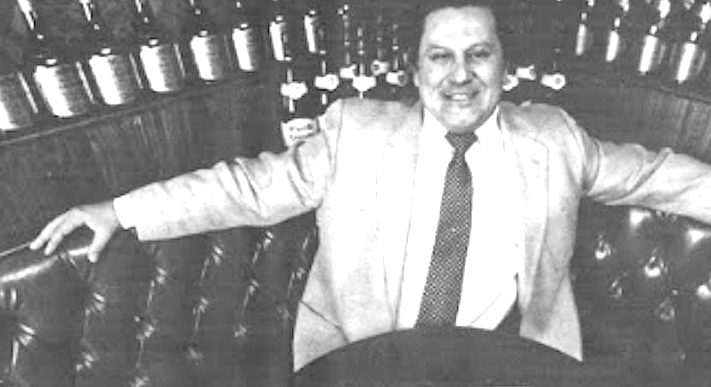
Roberto DePhilippis came to San Diego in the early 1950s with his family, which opened Filippi’s Pizza Grotto on India Street.
- Roberto DePhilippis, the owner of the Butcher Shop Steak House, got very angry one night last spring. In fact he had been seething since November of 1985, when his landlord, the Plaza International Hotel in Mission Valley, sent him an eviction notice. (November 13, 1986)
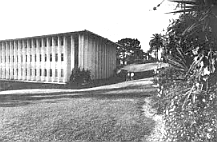
Rohr building, Pt. Loma campus. The names of the buildings at Point Loma form a roster of leading San Diegans in the Fifties and Sixties: Morley Golden, Irving Salomon, Ewart Goodwin, T. Claude Ryan, Henry Boney, William H. Evans, Harold Starkey, Robert J. Taylor, and Fred Rohr.
- Between 1966 and 1971 Rust had taken a small liberal arts college, California Western University on Point Loma, and expanded it into an international phenomenon called USIU, with campuses in England; Kenya; Mexico City; Hawaii; Steamboat Springs, Colorado; and Scripps Ranch. (April 24, 1986)
- Gaze due north along the Torrey Pines Cliffs from Scripps pier and it captures your eye. The Gagosian mansion, a gargantuan monument to conspicuous consumption, is marked by a bright green roof of oxidized copper and a 15-year history as bizarre as it is dense. Most recently appraised at $20 million, it is the biggest, most expensive house in La Jolla. (March 28, 1985)
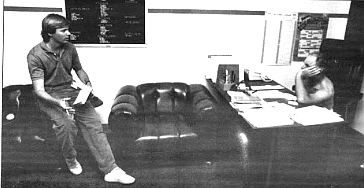
The Union's Mark Kreidler with Padres manager Steve Boros. Boros: “We seem to talk about the same things every night.”
Photo by Robert Burroughs
- "Sports writers have tremendous penis envy" says San Diego Padres catcher Terry Kennedy. “They're envious of our position, and they’re envious of our salaries. Every time they write about us, they rip us.” (July 3, 1986)
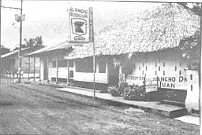
El Rancho de Don Juan restaurant
- Franke knows he won’t find the men, dead or alive. His one overriding desire is to find some shred of evidence that the Gypsy Song did in fact sink. “I just want to put that lady’s mind to rest,” he says time and again. “I’d like to find a piece of the mast, a lifejacket, some sign of the dinghy — anything to indicate the boat went down at sea.” (August 21, 1986)
Stephen Meyer wrote for the Reader from 1984 through 1987.
 Facebook
Facebook
 X
X
 Instagram
Instagram
 TikTok
TikTok
 Youtube
Youtube






















